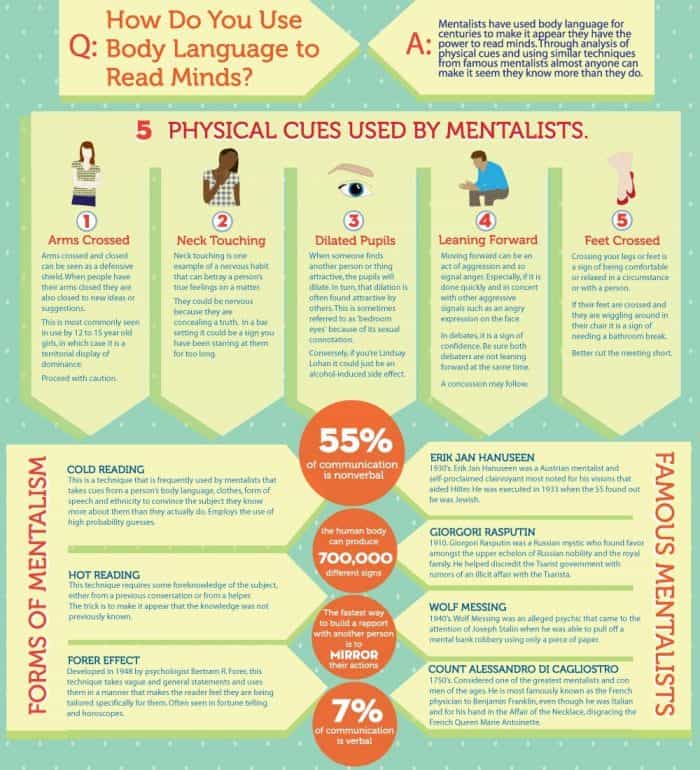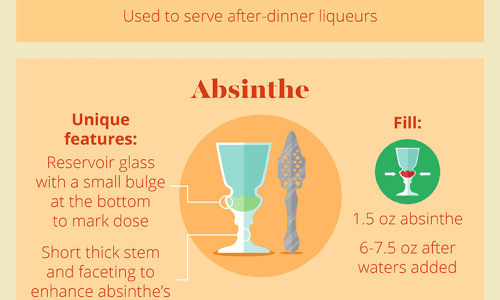
In the 1950s Albert Mehrabian, a researcher of body language, found that communication really comes from about 7% words ,38% vocal (tone of voice, inflection, and other sounds), and 55% nonverbal.
Those nonverbal cues are called body language. Body language is all about reading the non-verbal signals that people subconsciously make when communicating with others.
For years mentalists have used these signals to predict how people feel and will react, persuading others that they have extra-sensory perceptions.
If they can do it, anyone can. Just suppose you had the power to interpret the body language of your colleagues, friends, and family, you could use this super-power to your own or to their advantage. From facial expression to body posture, research suggests that 55% of our communication takes place in the form of body language.
The art of reading non-verbal signals could even become an important part of our everyday jobs. Just imagine sitting around the negotiating table with this knowledge at hand. You’d know just when you’d hit the sweet spot. Neither closing too early nor pushing your luck.
In fact, formal art observation training has been found to improve the visual diagnostic skills of medical students! The training was a 3 hour structured discussion of artwork led by a museum instructor at a family medicine retreat. Students showed greater awareness of emotion in human facial expression. Reading people is a skill, and a quite useful one when figuring out whether the body is crying for help or not. After all, not everyone is 100% truthful about their symptoms.
Many of us are not very good listeners. We are too busy thinking about what we are about to say to pay attention to the other. If we really want to become mind readers, we’ll have to start paying attention to more than just the words of the speaker. We must also take note of their facial expressions, their hand movements, and their general demeanor.
“Practice makes perfect” as they say. Some people have the natural ability to read the emotions of others. Other people not so much. All is not lost for those who are tone-deaf when it comes to body language. Start paying attention. Watch and listen and very soon you may become a fluent mind reader.



